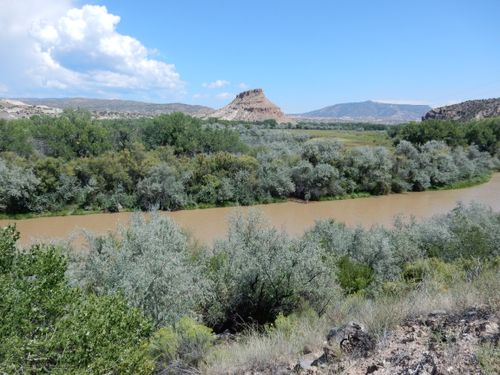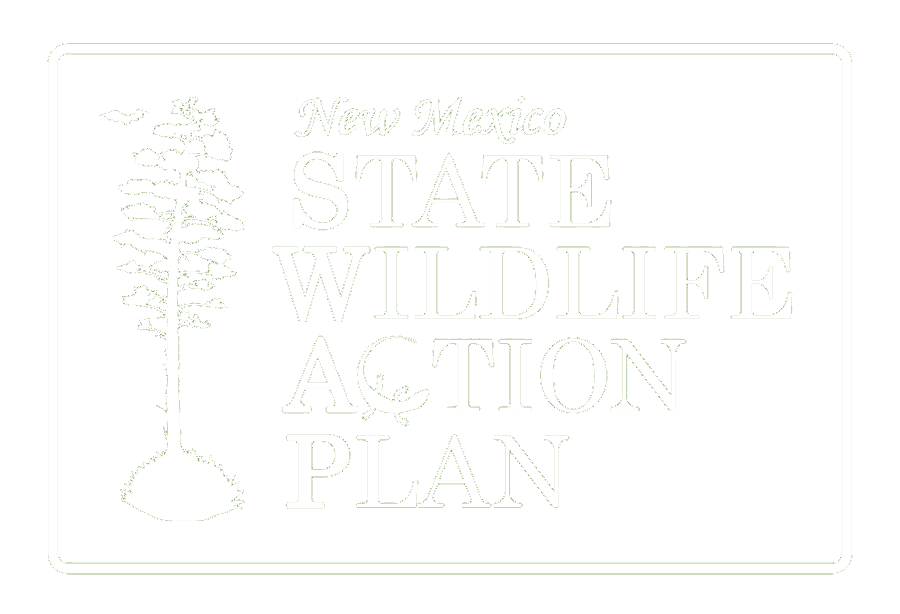
SWAP Habitat
Introduced Riparian Vegetation
NVC Name
Interior West Ruderal Flooded & Swamp Forest (M298) and Western North American Ruderal Wet Shrubland, Meadow & Marsh (M301)
SWAP General Vegetation Type
INTRODUCED & SEMI-NATURAL VEGETATION
Introduced Riparian Vegetation is a low-elevation riparian habitat dominated by Russian olive (Elaeagnus angustifolia) and tamarisk (also known as salt cedar; Tamarix spp.) or wet meadows and emergent marshes dominated by redtop (Agrostis gigantea), Canada thistle (Cirsium arvense), common reed (Phragmites australis), and Kentucky bluegrass (Poa pratensis). Native species represent less than 10% relative cover. Sites are typically streambanks and benches, floodplains and canyons with permanent, intermittent or temporary water flow. Soils may be compacted, missing upper horizons, or unnaturally enriched or depleted because of incompatible grazing or other severe anthropogenic disturbance.
Species that live in Introduced Riparian Vegetation
Threats and Conservation Actions
More information from
US National Vegetation Classification
